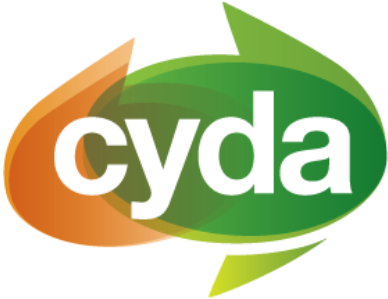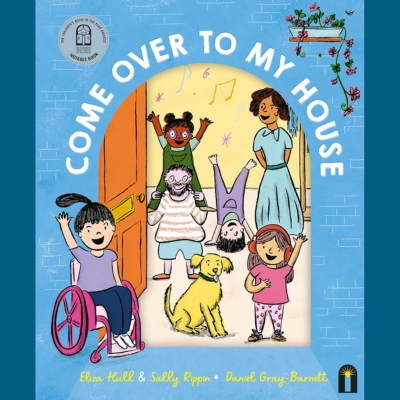Look, it's me!
Confusing and hard to follow

Review by: Matilda

Confusing and hard to follow
This children’s book, aimed at young families with and without disabilities and educators of young people, describes the household, families and daily highs and lows of people with disabilities and their significant others. While this book covered many disabilities, families and experiences, while also providing a clear reassurance that coming over to the house of a disabled individual is nothing short of normal, it was confusing and hard to follow. There were a large number of ‘houses visited’ but there wasn’t a clear distinction when one ‘house’ finished, and another started. This led to confusion on the reader’s end, as it was sometimes confusing and hard to change scenes and houses. Even coming from a 14-year-old, I had to read the book twice to understand that they were talking about multiple houses, rather than one, like the book implies. This distinction would be even worse for young children as there are multiple stories merged into one.
While the books are somewhat effective in conveying the message that disabled individuals are nothing short of normal and can be interacted with similarly to ‘normal’ people, they miss some crucial information that is incredibly necessary when preparing and educating children around the topic of disability management, whether the child is disabled or not.


